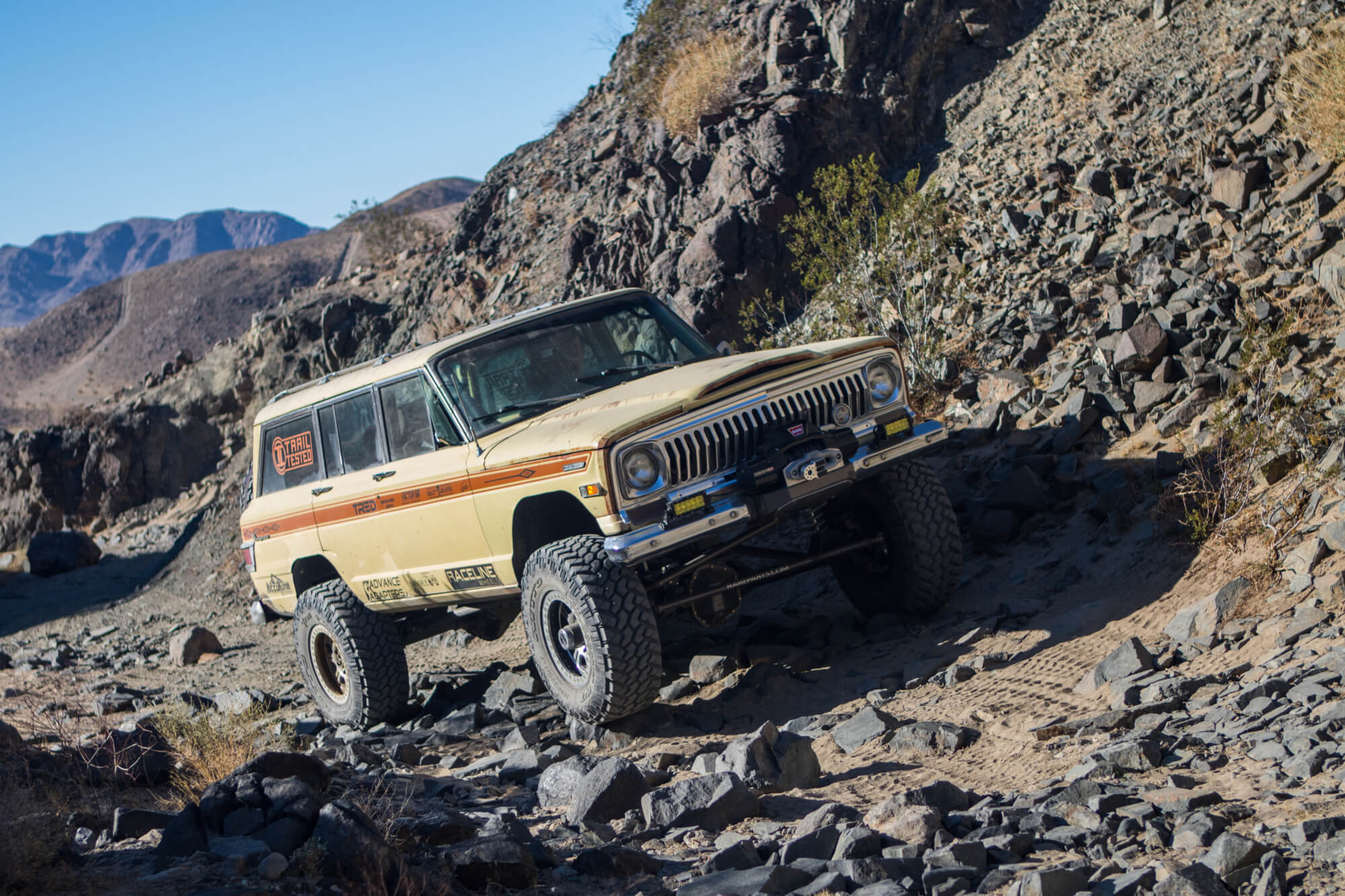
Photography by Harry Wagner
The Jeep Wrangler is the only vehicle on the market with a removable top and solid axles front and rear. You could also make a strong case that the Wrangler benefits from more aftermarket support than any other 4×4. The addition of the four-door model with the introduction of the JK Wrangler in 2007 opened up the Wrangler market to people who didn’t want to choose between taking their kids and taking their camping gear. And these Unlimited Wranglers are incredibly capable, particularly in Rubicon trim with selectable lockers and low gearing from the factory. But they are also expensive. And if you are going to toss the suspension and the axles in the trash and upgrade to a long arm suspension and one-ton axles, you might be better off starting with a less expensive vehicle. Here are some options to consider if you are looking to build a rig with room for four people.
Other Jeeps
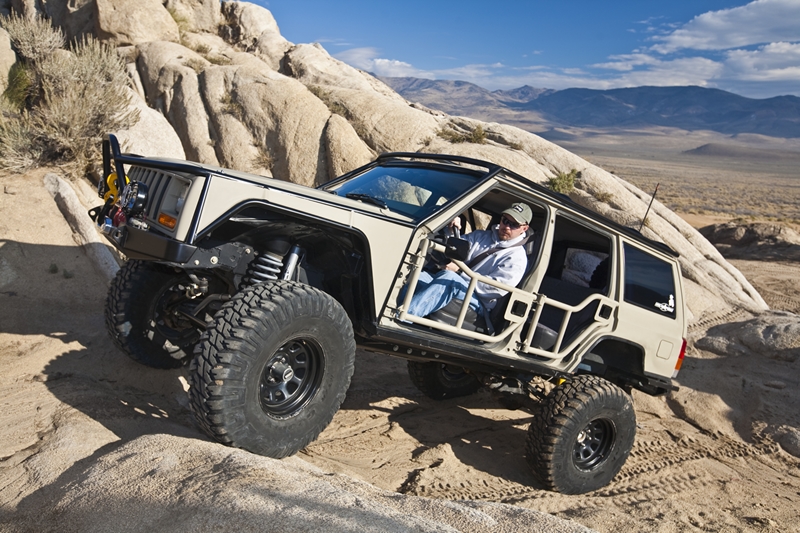
Few vehicles can match the bang-for-the-buck of the XJ Cherokee, and while they don’t benefit from as much aftermarket support as the Wrangler, there are still more suspension, armor, and axle options for a Cherokee than any other vehicle mentioned here. The downside is that the wheel wells are small, so if you want to run big tires plan on doing some trimming, as Eric Zappe has done to his four door XJ.
CJs, YJs, and TJs are all incredibly capable and benefit from body-on-frame construction with solid axles, but we aren’t going to focus on them here since they are cramped for a family of four and enough camping gear for the weekend. Better options when storage space and cargo volume are a priority are the XJ Cherokee (84-01) and ZJ (93-98) and WJ (99-04) Grand Cherokee. While these vehicles are unibody and do not benefit from a frame, they are inexpensive to purchase and enjoy strong aftermarket support. The XJ in particular is a simple platform that is reliable and easy to work on. Grand Cherokees come with more luxury features and don’t have quite as many options for upgrades like suspensions and armor, but they come with coil springs at all four corners and optional V8 engines straight from the factory.
Another option is an older fullsize Jeep, such as an SJ Cherokee, Wagoneer, or Grand Wagoneer (63-91). These vehicles were also available with V8 engines and solid axles, but unlike Grand Cherokees the SJs use leaf springs and body-on-frame construction. Despite the moniker “fullsize Jeep” the dimensions aren’t any larger than a modern Wrangler Unlimited. The one distinction between all of these Jeep alternatives and the JL though is the size of the wheel wells. While you can fit a 35-inch tire on a JL with a 2-inch spacer, it would take some serious fender trimming to fit the same size tire on an XJ or SJ, even with twice as much lift.
Toyotas
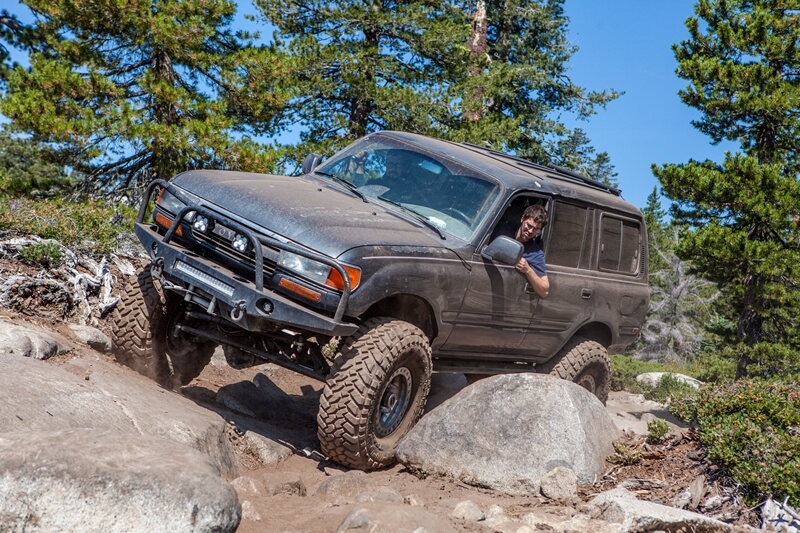
80 Series Land Cruisers have traditionally been thought to be too large for rock crawling, but the dimensions are actually very similar to a four-door JL. These vehicles come with solid axles and coil springs, and the 93-97 FJ80s even had full floating rear axles from the factory. Finding a clean example can be a challenge these days, as many of them have well over 200k miles on them.
Toyotas have a wonderful reputation for reliability, and after the Wrangler the Tacoma is the most popular platform in the off-road community. Late model 4Runners are nearly as popular, and a more direct comparison to a Wrangler with their enclosed cab instead of a separate bed. A new 4Runner or Tacoma isn’t necessarily going to cost less than a JL Wrangler though, and they use independent front suspension that limits the amount of suspension lift you can add and makes it difficult to swap in aftermarket axles. Plenty of people have put solid axles under late model Tacomas and 4Runners, but it isn’t particularly cheap or easy.
A more economical option is an older Land Cruiser or 4Runner. FJ60 (80-90) and FJ80 (91-97) Land Cruisers and 84-85 4Runners came from the factory with solid axles and body-on-frame construction. The 4Runners of this period even have a removable top. The 80 Series would be our pick though, and the 93-97 version has a more powerful engine, full floating rear end, and selectable lockers were even an option from the factory. All of these vehicles are at least 25 years old by now though, so finding a clean example to build can be a challenge. And while the 1FZ engine is indeed more powerful than the 3F it replaced, older Land Cruisers and Toyotas definitely fit Toyota’s reputation of being overbuilt and underpowered.
Nissans
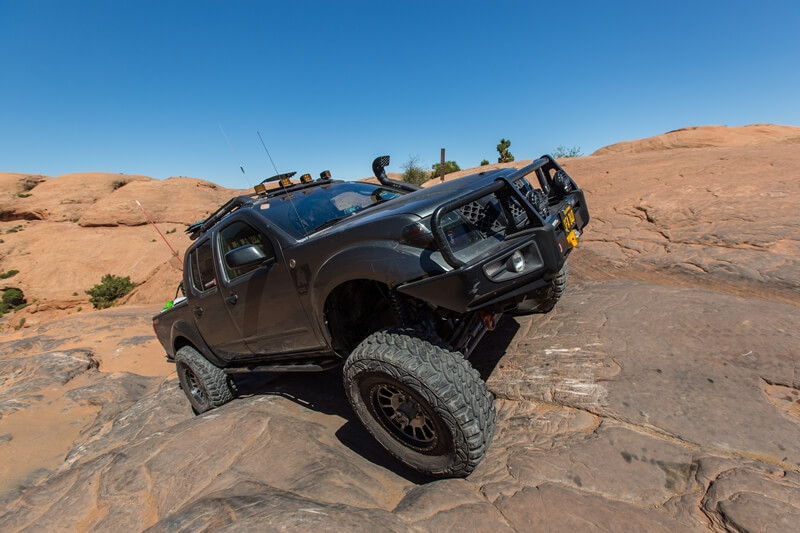
Midsized four-door pickups from Nissan and Toyota make a good alternative to a JL Wrangler Unlimited. Sure, you can’t take the top off, and they don’t come from the factory with a solid front axle, but at least the latter issue can be resolved relatively easily and affordably. Particularly if you plan to add an aftermarket axle assembly and coilovers to the front of the Wrangler anyway.
Nissans have never benefited from the same level of aftermarket support that Toyotas enjoy, but that also translates into a lower purchase price since they were not as popular as their Toyota counterparts. While the current Pathfinder is completely unsuited for off-road use, the first generation (86-95) and second generation (96-04) Pathfinder offer a lot of potential. We particularly like the 01+ Pathfinder with the 240 horsepower VQ35DE engine. This is the same engine offered starting in 01 in the smaller and lighter Xterra (99-15) and Frontier (97-19), both of which were offered with manual transmissions. Both the Xterra and Frontier come with leaf springs and Dana 44 axles in the rear, making them easy to upgrade or modify. The front uses a coilover strut and independent front suspension. Two-inch lifts are commonly available, but there are limited options for solid axle swaps when compared to Toyotas.
Rovers
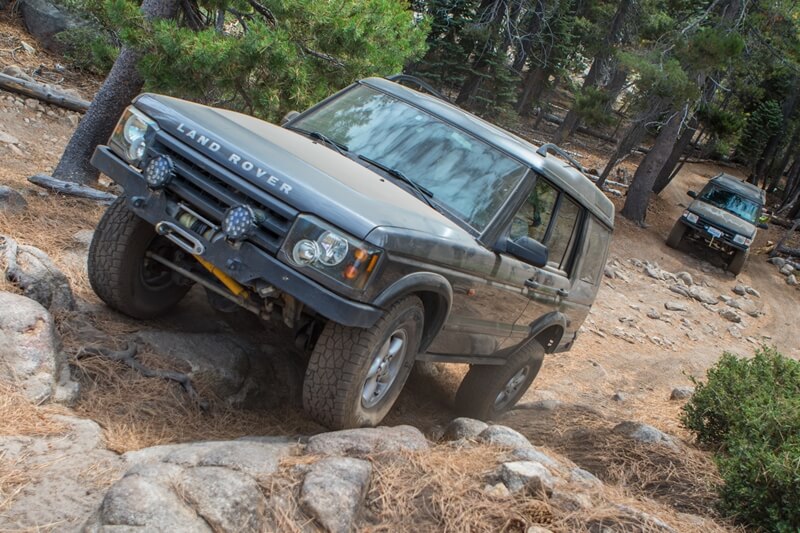
Land Rovers conjure up images of driving across Africa in search of lost civilizations. Clean Discoveries can be purchased for just a few thousand dollars, but they are often suffering from blown head gaskets, wiring issues, or other woes that force the seller to offload them. If you are looking to build a dedicated trail rig though, these issues can be overcome – and for far less than the price of a new vehicle.
The Land Rover Range Rover Classic (70-96), Discovery (89-98), and Discovery II (99-04) use solid axles and an excellent suspension design from the factory. They can also be purchased used for pennies on the dollar, and benefit from decent aftermarket support. It is worth taking a look at while the resale is so low on these vehicles before purchasing though so you aren’t caught off guard. Discoveries use Buick-derived aluminum V8 engines that are notorious for head gasket issues, only make 190 horsepower (and that is the larger 4.0L V8), and get poor fuel economy. If an engine swap is in your future though that might not be a deterrent, and the LT230 transfer case found in the original Discovery I is legendary for its strength and gearing. Electrical issues and undersized axles that came from the factory with 10-spline axle shafts and two pinion carriers are other common issues, but if you plan to swap the axle assemblies this is of little concern.
GMs and Fords
If your preference is in domestic vehicles, there are still choices from the Big Three that have four doors and a full frame, in scaled down dimensions comparable to a JL Wrangler. GM’s Hummer H3 (06-10) and S-10 Blazer (82-05) are both good options. The S-10 Blazer was available with the venerable 4.3L V6, 4L60E transmission, and NP231 transfer case, and you could even get an H3 with a manual transmission or 5.3L V8 (although not both in the same vehicle). The downside is that these vehicles use independent front suspension with torsion bars that make them a challenge to lift, particularly if you are trying to maximize ride comfort or wheel travel.
Ford Explorers are incredibly common and inexpensive to purchase. First generation (91-94) Explorers use twin traction beam (TTB) front axles and suspension that are capable of big wheel travel, or if you want to change to a solid axle, the coil buckets and radius arms make this an easier task. Second generation (95-01) Explorers were available with 5.0L V8 engines, but the front suspension changed to a less desirable IFS with torsion bars. Both generations came with the excellent Ford 8.8-inch rear end, which despite using C clips is strong and benefits from great aftermarket support.
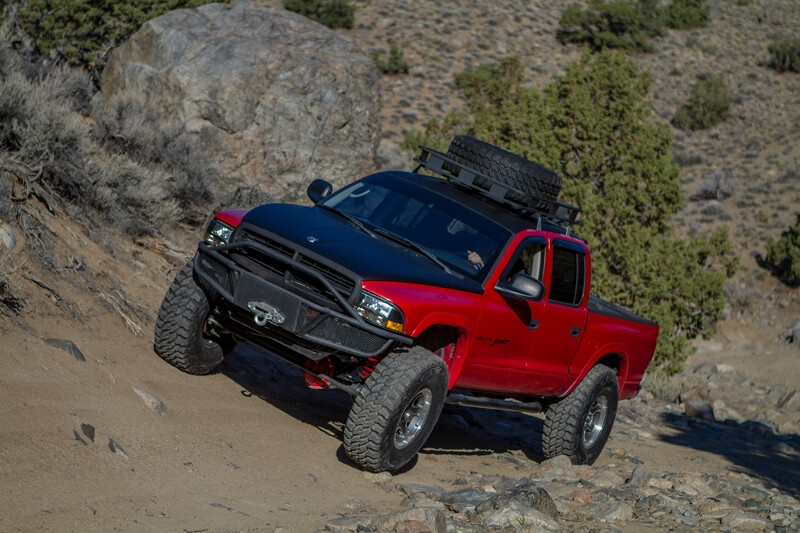
The owner of this crew cab Dakota grafted the entire Dana 44 front axle, radius arms, coil springs, and coil buckets from a 70s F-150 and retrofit them under the front of his Dodge. The end result is capable, simple, and affordable. Why not just use the old F-150? The Dakota has a fuel injected engine, room for four adults, and is an all-around more modern and comfortable truck.
The first-generation Dodge Durango (98-03) and second-generation four door Dakota (97-04) are also midsize vehicles that were available with V8 engines, the 5.2L Magnum from 97-99 and the 4.7L DOHC engine from 00-04. The Dakota was even available with a Getrag manual transmission behind the V8 and an NP231 transfer case, making drivetrain swaps unnecessary.
Isuzus and Mitsubishis
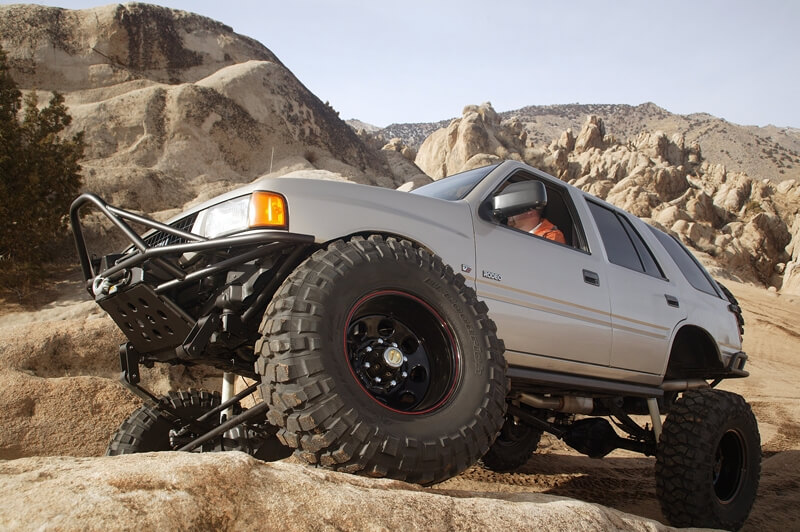
A solid axle Isuzu Rodeo? Why not?! These vehicles already come from the factory with a Dana 44 rear axle with disc brakes and leaf springs. The owner of this Rodeo used off-the-shelf Rancho leaf springs in the front and added another Dana 44 to create a simple rock crawler on a reasonable budget. With some creativity you could do the same with a Mitsubishi Montero or Isuzu Trooper.
The Isuzu Trooper (81-02), Isuzu Rodeo (91-04), and Mitsubishi Montero (82-99) are all affordable options with good reputations for durability, four doors, and body-on-frame construction. While ARB offers Bull Bars and Air Lockers for these vehicles since they are popular overseas, they do not benefit from strong aftermarket support in the United States. So, unless you are an experienced fabricator expect to spend much of your budget on custom fabrication to add solid axles and a coilover suspension; items that are readily available for JLs from a variety of manufacturers.



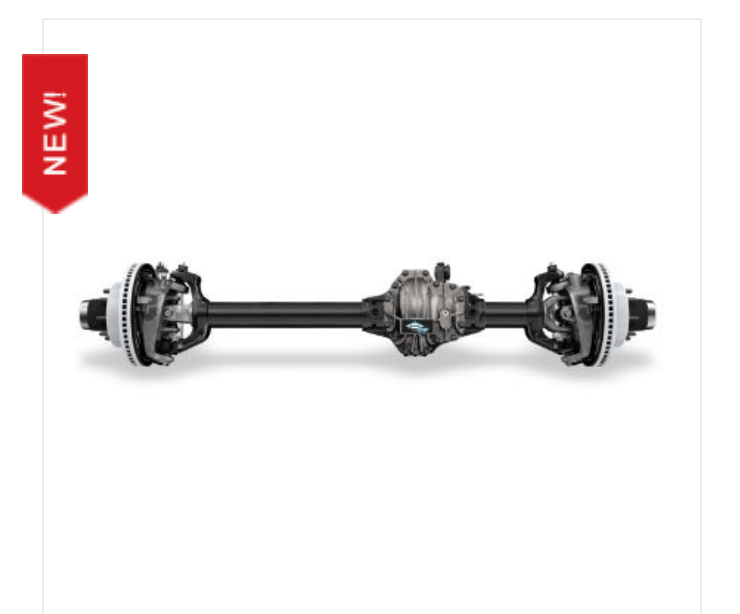
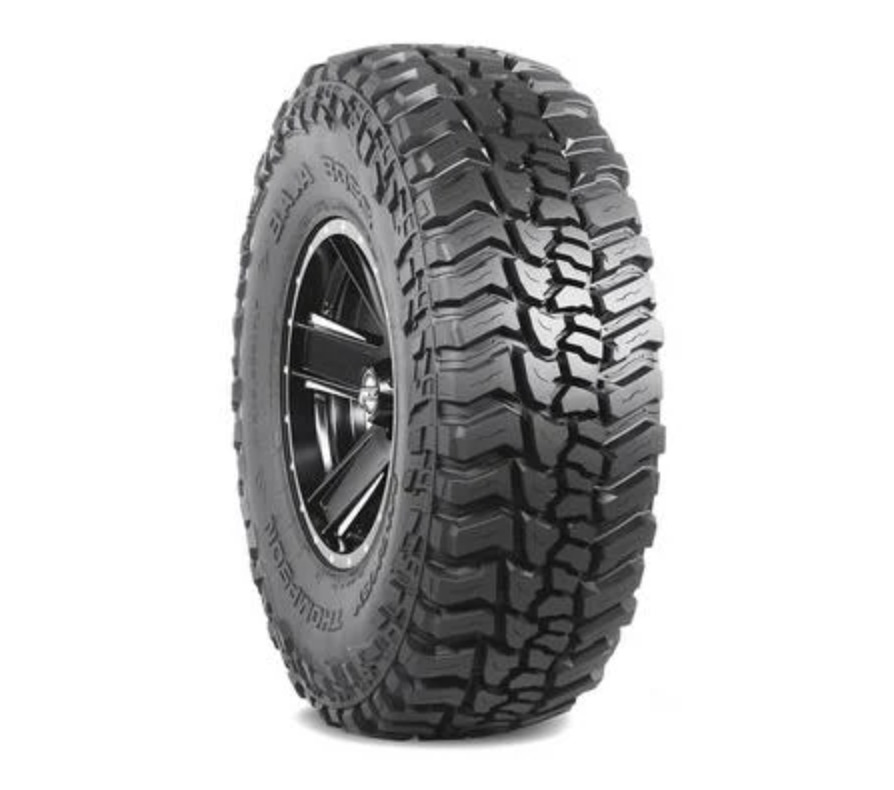
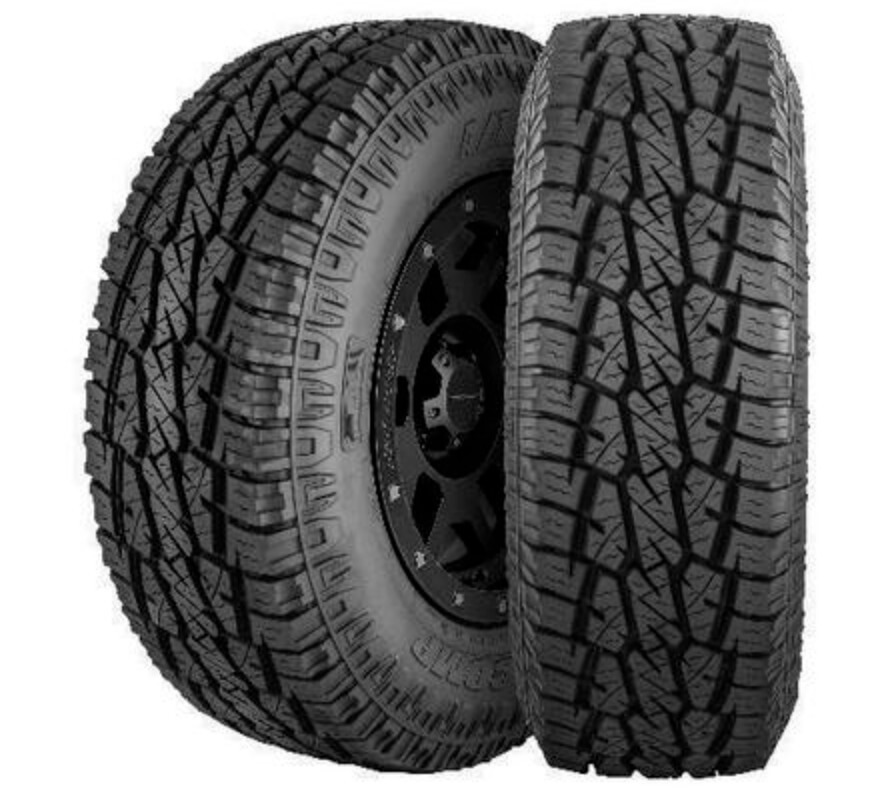
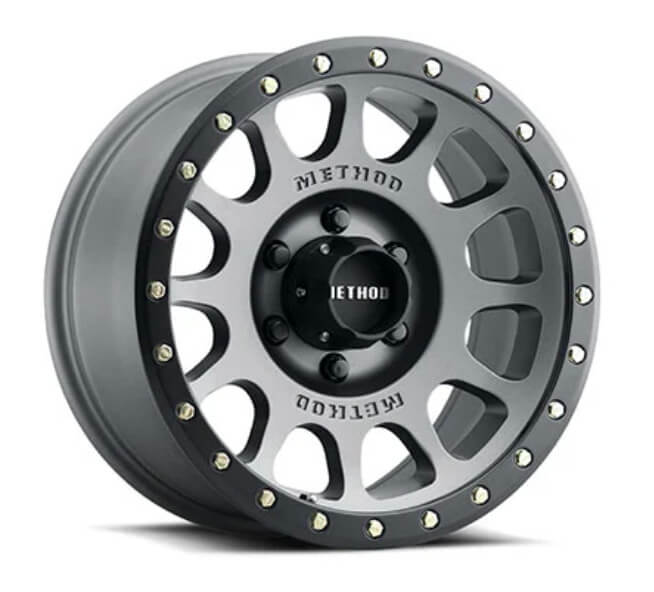
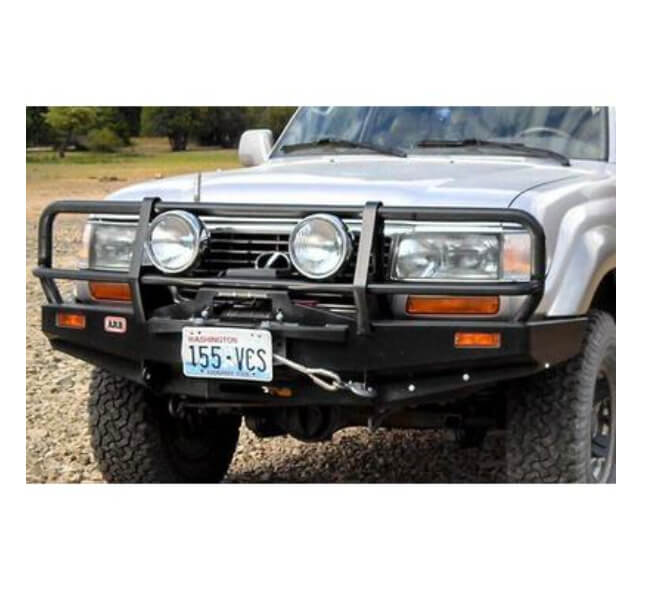
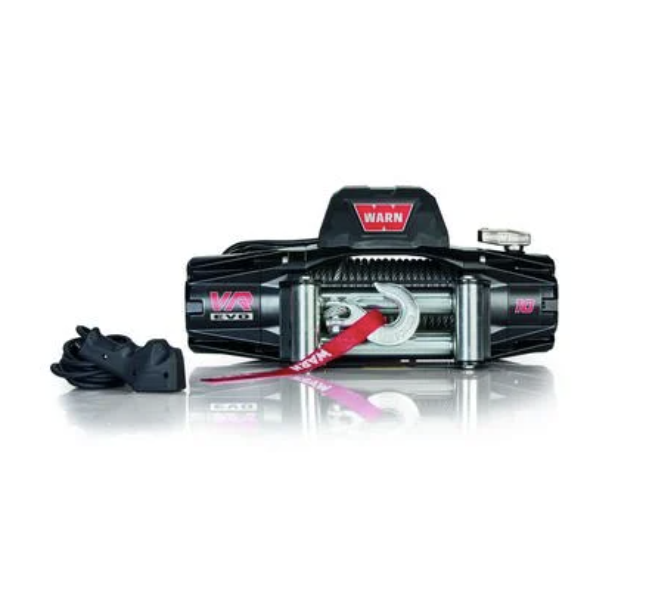
2